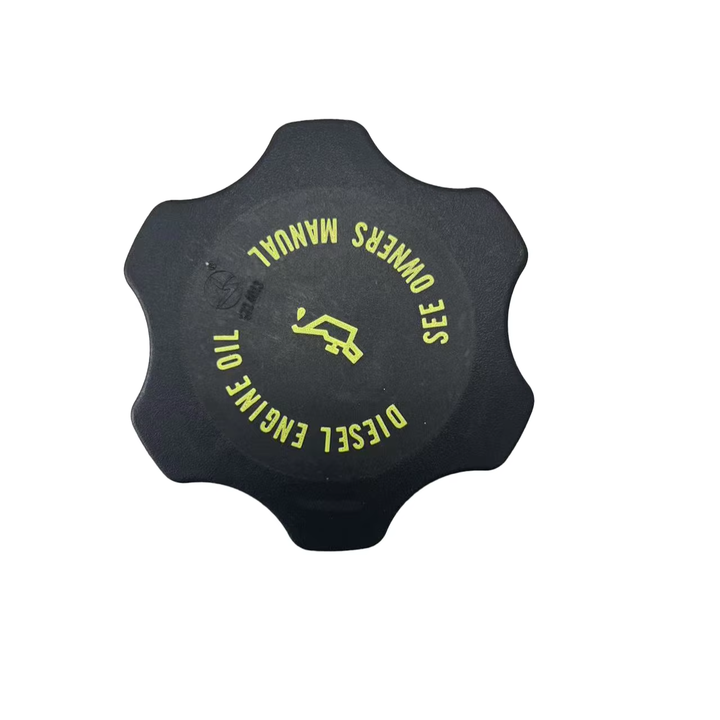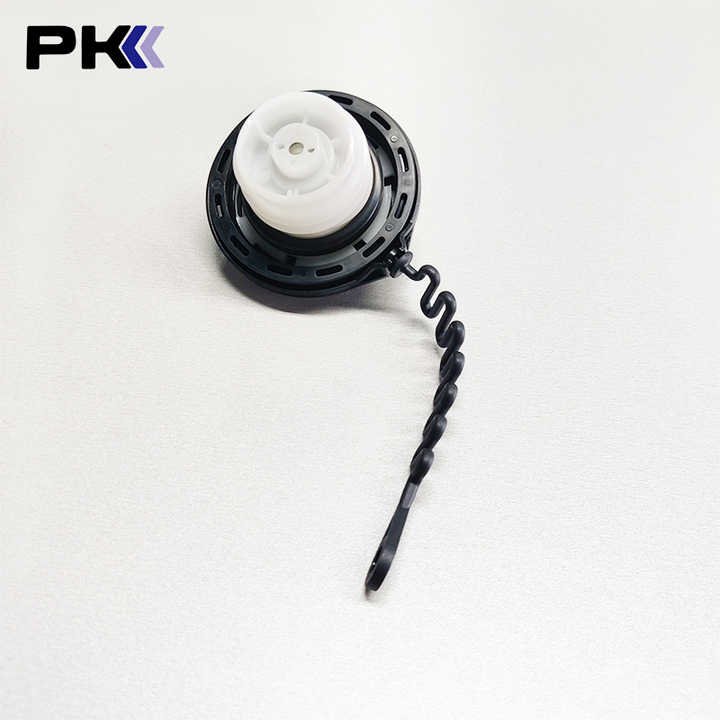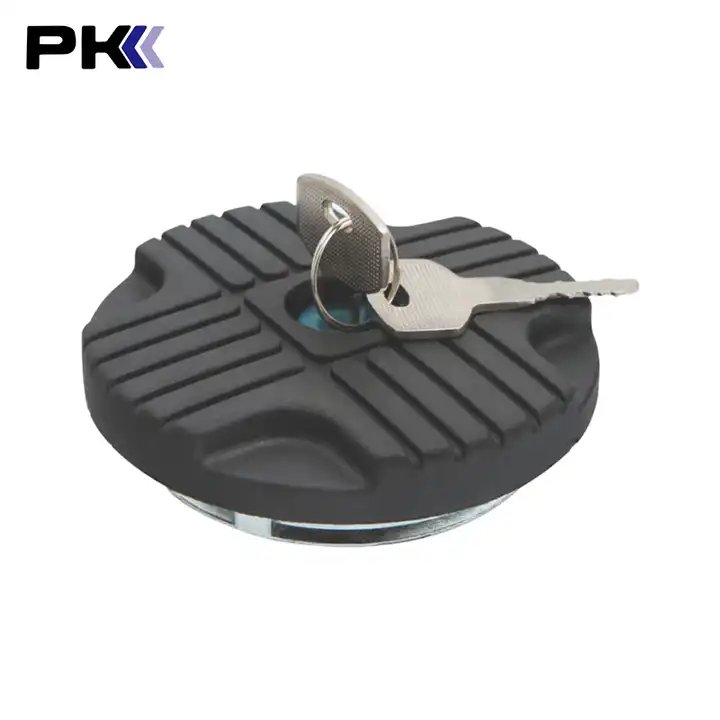Radiator Coolant Tank Cap for MAZDA, TOYOTA, DAIHATSU, and SUZUKI: A Must-Have for Engine Health
When it comes to maintaining your vehicle’s cooling system, the radiator coolant tank cap is often overlooked. However, it plays a vital role in keeping your engine running at the right temperature. Whether you own a MAZDA, TOYOTA, DAIHATSU, or SUZUKI, the radiator coolant tank cap ensures your cooling system operates efficiently and reliably.
What Does a Radiator Coolant Tank Cap Do?
The radiator coolant tank cap is a small but crucial component of your car’s cooling system. Its main functions include:
- Maintaining System Pressure: The cap is designed to create a sealed, pressurized environment in the cooling system. This increases the boiling point of the coolant, preventing overheating and maintaining optimal engine performance.
- Regulating Coolant Flow: It allows excess coolant to flow into the overflow tank when the system heats up and pulls it back into the radiator when it cools down, ensuring a steady coolant level.
- Safety Mechanism: The cap has a built-in pressure valve that releases pressure when it exceeds the system’s limits, protecting components like hoses and the radiator from damage.
For MAZDA, TOYOTA, DAIHATSU, and SUZUKI vehicles, the radiator coolant tank cap is designed to match specific engine and cooling system requirements, ensuring reliable performance.
Why Is It Important to Choose the Right Radiator Coolant Tank Cap?
Using the wrong cap or a faulty one can lead to several issues, including:
- Overheating: Without proper pressure, the coolant may boil, leading to engine overheating.
- Coolant Loss: A poor seal can cause coolant to leak, resulting in low levels and potential engine damage.
- System Damage: Incorrect pressure regulation can stress and damage other cooling system components.
Radiator Coolant Tank Cap Specifications for MAZDA, TOYOTA, DAIHATSU, and SUZUKI
Here’s a quick guide to what you should consider when selecting a cap for these brands:
- Pressure Rating:
- Most MAZDA, TOYOTA, DAIHATSU, and SUZUKI radiator caps are designed to operate at pressures between 0.9 bar and 1.1 bar (13-16 psi). Always check your owner’s manual for the recommended pressure rating.
- Material and Durability:
- Look for caps made of high-quality materials, such as stainless steel or reinforced plastic, to ensure longevity and reliability.
- Fit and Compatibility:
- Ensure the cap matches your specific vehicle model. Even small variations in design can affect the seal and performance.
- OEM vs. Aftermarket:
- OEM caps are designed specifically for your car, ensuring perfect fitment. High-quality aftermarket options are also available but must meet industry standards.
Signs You Need to Replace Your Radiator Coolant Tank Cap
Even the best caps wear out over time. Watch out for these signs that indicate it’s time for a replacement:
- Coolant Leaks: Puddles under your car or coolant around the cap area suggest a faulty seal.
- Overheating Engine: Frequent overheating may point to a pressure or seal issue with the cap.
- Visible Damage: Cracks, corrosion, or wear on the cap are signs it needs replacement.
- Erratic Coolant Levels: If the coolant level in the tank fluctuates more than usual, the cap might not be maintaining proper pressure.
Why Is This Important for MAZDA, TOYOTA, DAIHATSU, and SUZUKI Vehicles?
Each of these brands designs their vehicles with precision, and their cooling systems are no exception:
- MAZDA: Known for efficient engines like the SKYACTIV series, which require stable cooling for peak performance.
- TOYOTA: Durable engines like the 2JZ and modern hybrids rely on precise cooling system operation.
- DAIHATSU: Compact and efficient engines demand a well-functioning radiator cap for optimal thermal management.
- SUZUKI: Lightweight, fuel-efficient engines, such as those in the Swift and Jimny, need proper cooling system support.
Choosing the right cap ensures these systems perform as designed, protecting your engine and saving you from costly repairs.
How to Choose the Right Radiator Coolant Tank Cap
Follow these steps to pick the best cap for your car:
- Consult the Manual: Your vehicle’s manual specifies the correct pressure rating and part number.
- Buy from Reputable Brands: Opt for OEM parts or trusted aftermarket brands.
- Inspect Before Buying: Check for quality materials and sturdy construction.
- Replace as Needed: If you notice any issues, replace the cap promptly to avoid further damage.






